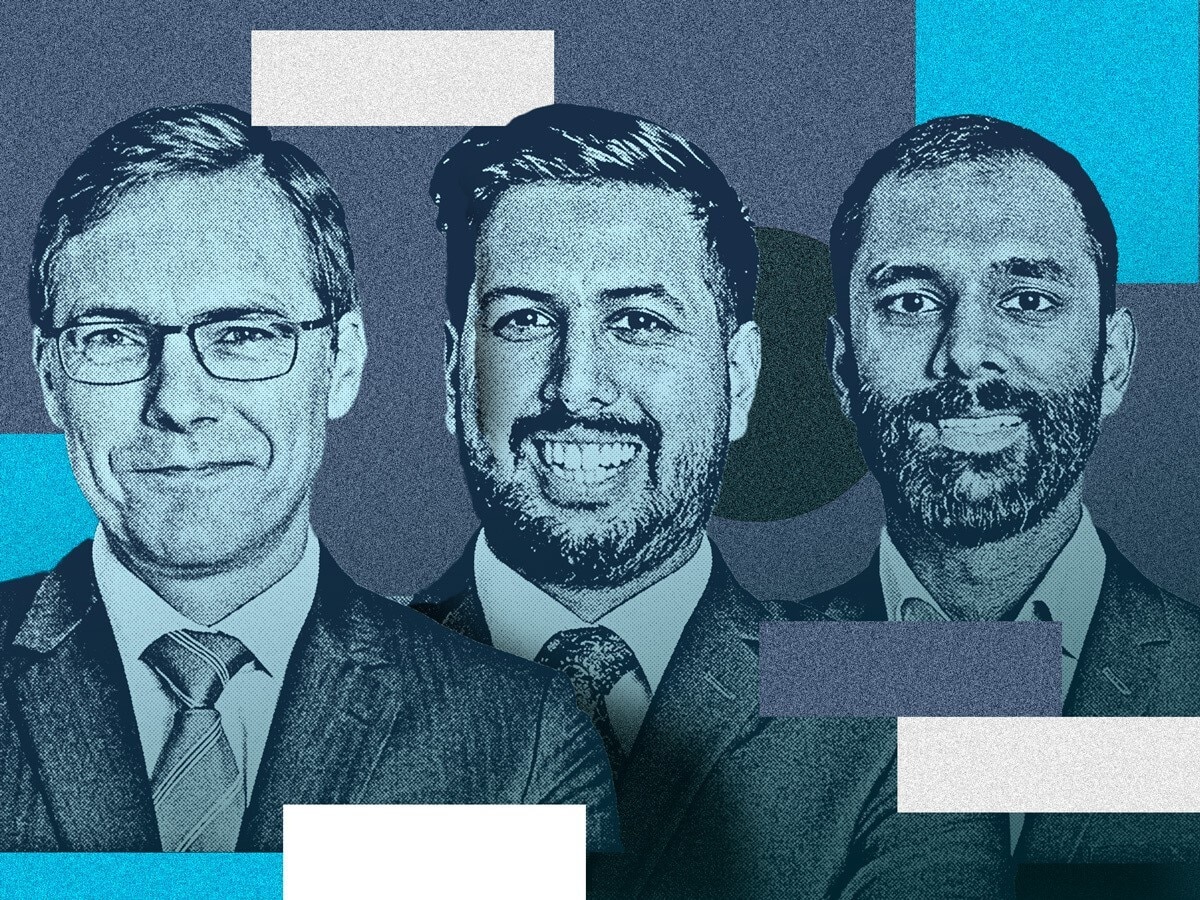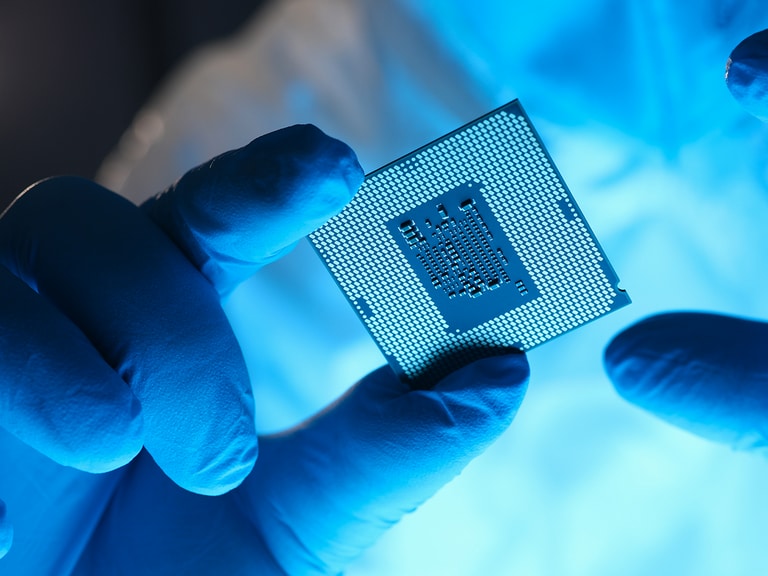There are five key aspects to consider when buying NFTs. Partners from law firm Bird & Bird detailed them for Opto.
Nick Peacock, Gavin Punia and Jonathan Emmanuel (pictured left to right) partners at the UK law firm Bird & Bird, delved into NFTs for Opto. Peacock is a disputes specialist, Punia is experience in financial services and regulation and Emmanuel practices in areas of disruptive digital adoption. Having advised several clients over the last year issuing NFTs, here are what they observed buyers of NFTs need to look out for.
If there was a prize for the buzzword of 2021, there is no doubt that non-fungible tokens (NFTs) would win. Talk of immersive digital marketplaces such as the metaverse, the rising demand for NFTs and more organisations seek to exploit digital content will pivot adoption in 2022.
How do NFTs work?
NFTs are recorded on blockchain technologies. A blockchain is a distributed, peer-to-peer ledger or database that records transactions, such as when the NFT was created, details of its owner and — depending on the blockchain and how the NFT is set up — a unique URL that links to a digital file associated with the NFT.
Investors can choose to sell an NFT on marketplaces that interoperate with the relevant blockchain. Each time an NFT is sold, the record of who owns it is updated on the relevant blockchain.
What to watch for when buying NFTs
Blockchain network
Carefully consider what blockchain technologies are being used to create an NFT. Focus on NFTs created using proven, mature blockchains and underpinned by established standards. For example, NFTs recorded on the Ethereum blockchain network use the ERC-721 token, which is the standard token used for creating NFTs on the Ethereum blockchain.
Using more mature blockchains makes the NFTs more tradeable as because they can be listed on many interoperable marketplaces to re-sell.
Potentially, fewer technical issues are likely to crop up with tokens created using a robust blockchain that has reached mass adoption, rather than a new blockchain that is still in the proof-of-concept phase.
Availability of the linked digital content
Undertake due diligence to determine how linked digital content, such as a photograph, is made available via the NFT. For example, an NFT may be a unique URL that links the purchaser to the digital content. In that case it is important to read the fine print on terms and conditions of upkeep of the URL. It is important to ensure that the destination and hosting of the link allows the buyer to access the asset when desired. There is no point in owning an NFT if the website hosting the linked digital content goes offline and you can no longer view the content.
Intellectual property
A buyer should consider the purpose of buying an NFT. If a digital asset is a unique possession on technology platforms, such as the metaverse, understanding its intellectual property (IP) rights is critical. There could be a clause restricting content use or the rights may be limited to a non-exclusive licence for non-commercial or personal purposes. This means the purchaser owns the NFT but does not own the IP in the linked digital content. The IP owner of the linked digital content is free to create further copies of the linked content, which could — in the future — devalue the NFT.
Alternatively, the aim may be to sell the asset in a secondary market for a profit. Consider the usage rights to trade or sell the NFT and whether there are any restrictions or fees associated with such trading, as this may affect the value of the NFT. For example, if there is a royalty payable to the artist on future sales, this will come out of sale returns.
If the seller is retaining IP rights to the NFT, there may be partnership rights involved between the platform issuing the NFT and the holder of the IP. While the seller may intend to provide access to the asset, the platform may terminate the agreement. Ultimately this would mean a loss for the buyer.
Counterparty and route to recourse
It is always a good practice to check, and if necessary set up, the dispute recourse mechanism at the time of purchase in case there is a problem with the transaction. The terms of dealing with the IP seller could be separate from those with the exchange or platform. While the latter may be templated, it may be possible to customise the agreement with the seller.
Even though the asset is virtual, disputes will most likely be heard in a physical court or arbitration and under the laws of the country chosen by the seller, platform or exchange. Many platforms based in the US, require disputes to be resolved in arbitration rather than in a court of law.
Legitimate platforms
Although NFTs are largely unregulated, consider whether the NFTs are being issued by a licensed or authorised platform. This may provide more comfort in relation to the security and protection around the digital asset, although it is no guarantee. Check the terms of use and any regulatory status disclosure wording on the platform’s website to understand whether the platform is itself regulated.
In some countries, there may be local obligations to report the purchase of NFTs because due to anti-money laundering or payments regulations for receiving cryptocurrency assets. Legal advice on the specific NFTs under consideration comes recommended.
This article was authored by partners of Bird & Bird LLP. This article should not be considered as legal advice, or as advice on or endorsement of any investment.
Continue reading for FREE
- Includes free newsletter updates, unsubscribe anytime. Privacy policy





